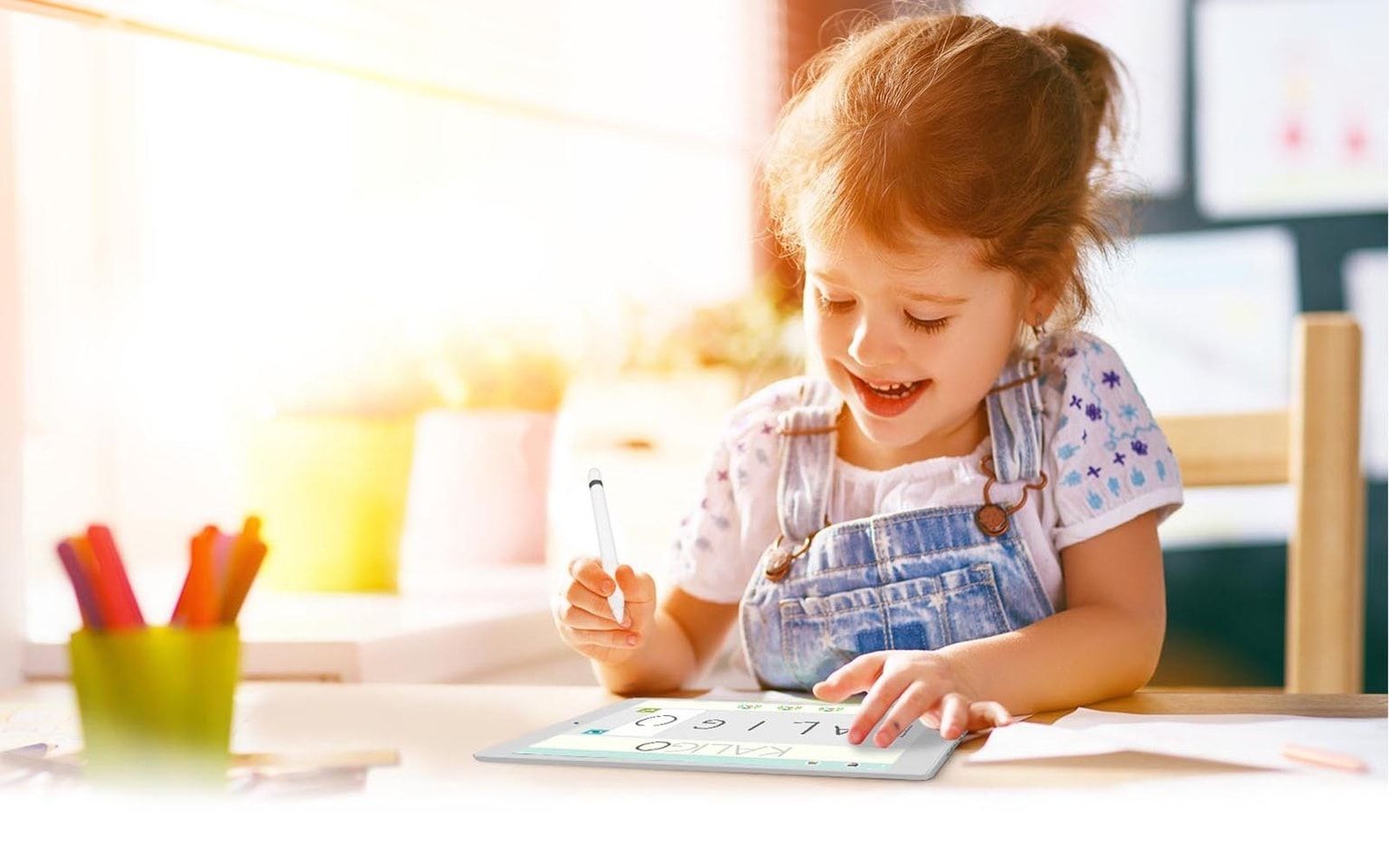
EdTech: Blending the virtual with the physical
Published
Friday, 24 August
Author
Mark Rosser
Categories
Blog
August
Share
Education in the 21st century has witnessed a paradigm shift in learning from teacher-centred to pupil-centred, textbook-driven to research-driven, passive to active, fragmented to integrated and isolated to collaborative.
This content is restricted to BESA members
LoginNot yet a member?
Become a part of the BESA community and unlock exclusive business advantages, including:
- Trusted provider status to enhance your industry credibility
- Exclusive discounts on major exhibitions and events
- Access to vital sector insights with resources like the BESA Barometer and Compass reports
- Networking opportunities with industry leaders
- Exclusive business benefits designed to help your organisation thrive
Join now and take advantage of BESA's membership benefits to stay ahead in the industry.
Become a member